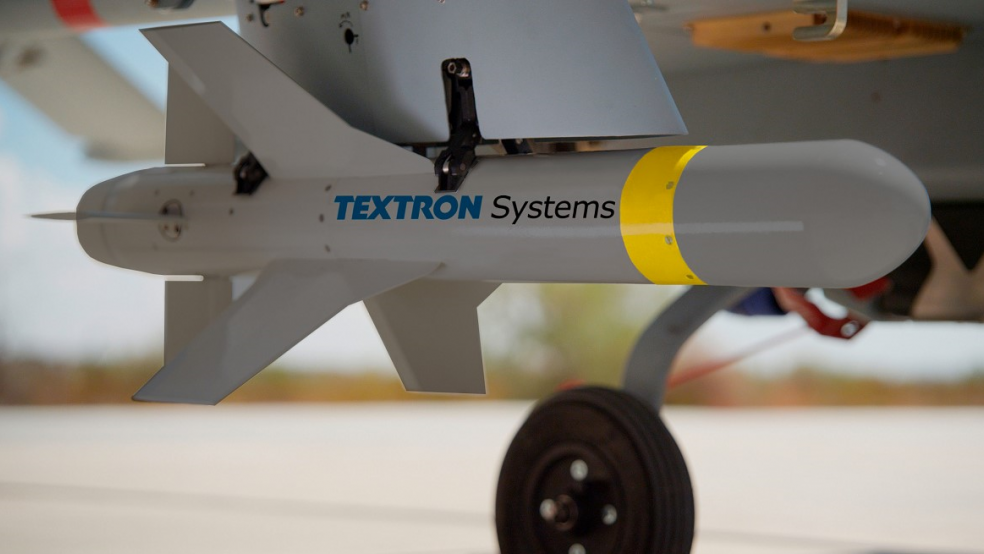The Pentagon’s killer drones are already fearsome weapons – unmanned aerial machines that can come out of nowhere to attack an enemy compound or destroy an SUV transporting terrorists. And with the addition of a new weapon currently undergoing testing, those drones could become even more lethal in the near future.
Related: 3 Attack Planes the Air Force Will Test to Replace the A-10 Warthog
At a military industry conference in Florida this week, Textron showcased the Fury, a “lightweight, precision-guided glide munition” that the website Jane’s 360 says is 27 inches long and 3 inches in diameter.
Its size and weight of about 13 pounds means that a half-dozen Furys can be mounted on a medium-altitude UAV (unmanned aerial vehicle) such as Textron’s Shadow or General Atomics’ Gray Eagle, a successor to the Predator. The Gray Eagle can carry two Hellfire missiles, so the Fury would provide the capability of launching two or three times as many attacks in a single drone flight.
The military website Defense News quoted a Textron executive as saying that the Fury has successfully destroyed moving vehicles at the Yuma Proving Ground in Arizona.
Two of the successful tests conducted by the company were from an altitude of 8,000 feet at a moving target about a mile away, Textron said in a news release.
Related: Super Soldiers? Special Ops Troops May Get Performance-Enhancing Drugs
Part of the appeal to the military of the Fury and other smaller precision munitions is the cost. A single Hellfire missile costs about $100,000, which can result in a very expensive weapon being used to attack an inexpensive target such as a pickup truck. While Textron hasn’t publicly announced the price of the Fury, the company describes the weapon as "cost-effective" and "affordable." Analysts expect the price to be only a fraction of that of the Hellfire, which should come as a relief to the both the bean counter at the Pentagon and soldiers in the field.





